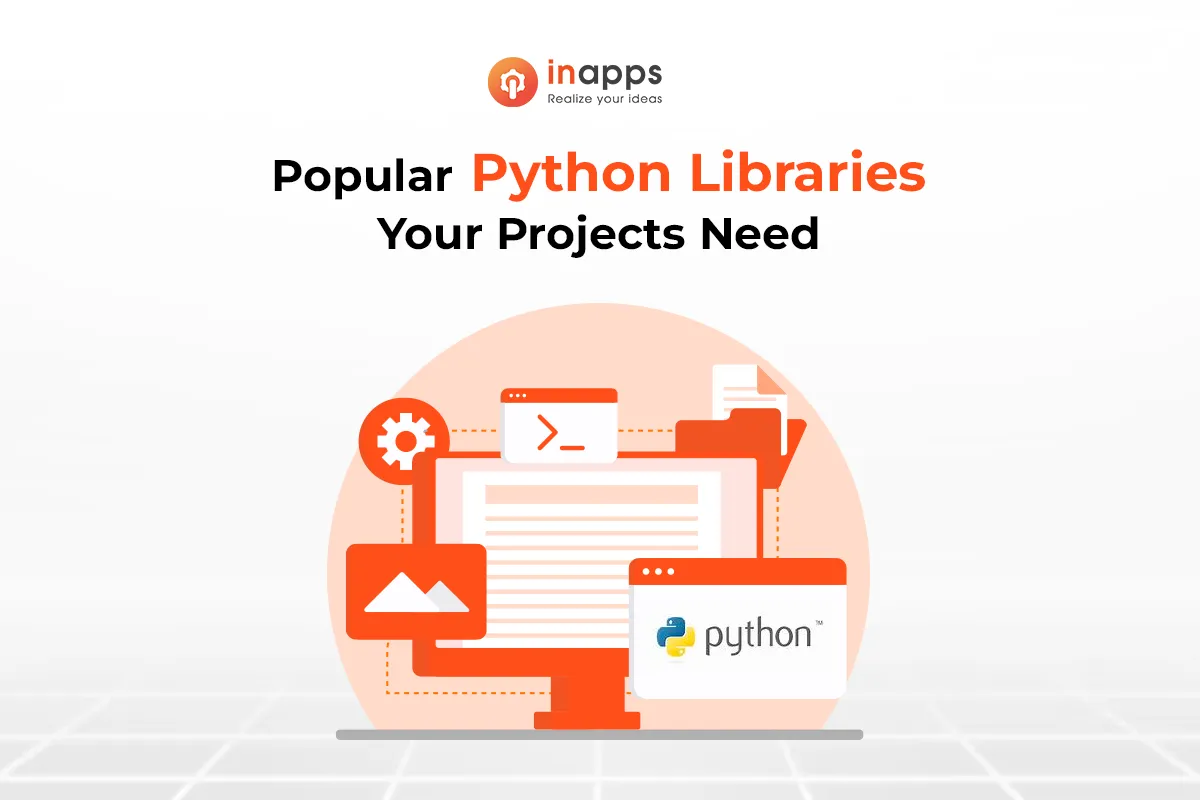When talking about the data science world, Python is increasingly becoming a go-to language and is one of the key aspects hiring managers are searching for in the skill set of a data scientist.
It has repeatedly been ranked at the topmost position at the global data science surveys and its universal success just keeps growing. Python offers us easy-to-code, object-oriented, high-level language means. And then we have numerous libraries for jobs like mathematics, data mining, data exploration, and visualization.
This blog will discuss the Top Python Libraries that do wonders for your projects.
Key Summary
- NumPy: A powerful library for scientific computation, essential for machine learning and deep learning. It provides multidimensional array operations and various mathematical functions. Key features include open-source access, matrix data structures, and random number generators.
- Dear PyGui: An immediate mode GUI framework that allows dynamic interface creation frame by frame. It is efficient, leveraging GPU for complex applications. Features include a drawing API, built-in asynchronous support, and rapid GUI development.
- Scikit-learn: A library built on NumPy and SciPy, ideal for predictive data analysis. It offers cross-validation and various training approaches. It is open-source and user-friendly.
- Keras: A high-level library for building neural networks, known for its simplicity and utility in model compilation and visualization. It runs on TensorFlow or Theano and is fully Python-based.
- SciPy: A library for scientific computing, offering numerical routines for integration and optimization. Built on NumPy, it is open-source and widely used in math and engineering.
- PyTorch: A machine learning library that supports GPU acceleration and dynamic computational graphs. It is user-friendly and integrates well with Python data science tools.
- Matplotlib: The most common library for data visualization in Python, providing extensive charting options and customization capabilities.
- Plotly: An open-source visualization library known for creating interactive graphs and dashboards. It integrates well with data analytics tools.
- PyCaret: A low-code machine learning library that simplifies data preparation and model deployment, enhancing efficiency in machine learning tasks.
- LightGBM: A gradient boosting library known for speed and memory efficiency, capable of handling large-scale data.
- TensorFlow: A leading library for machine learning and deep learning, developed by Google. It supports various ML applications and is open-source.
- Scalene: A profiler for Python scripts that accurately measures CPU and memory usage, particularly in multi-threaded code.
- NuPIC: A library for anomaly detection and predictive modeling based on Hierarchical Temporal Memory, suitable for time series analysis.
- Ramp: A library designed for developing machine learning models, facilitating data science competitions and collaborative model improvement.
- Pipenv: A packaging tool that simplifies Python project management, automating virtual environment creation and dependency management.
- Bob: A library focused on signal processing and machine learning for biometric recognition systems.
- PyBrain: A library for reinforcement learning and neural networks, emphasizing flexibility and simplicity.
- MILK: A library tailored for image classification tasks, providing tools and algorithms for image data analysis.
- Dash: A framework for building analytical web applications, allowing interactive data presentation without JavaScript.
- Pandas: A widely used library for data manipulation and analysis, offering high-performance data structures and operations.
- Theano: An optimizing compiler for mathematical expressions, particularly in deep learning, and serves as a foundation for other frameworks.
- Caffe2: A lightweight deep-learning framework optimized for speed and scalability, suitable for both research and production.
- Seaborn: A data visualization library based on Matplotlib, enhancing statistical plots and complex dataset visualization.
- Hebel: A deep learning library focused on GPU acceleration for efficient neural network training.
- Chainer: A flexible framework for neural networks that supports dynamic computation graphs, ideal for research and experimentation.
1. Top Python Libraries: Numpy
NumPy is among the most powerful scientific computation Python libraries and is used extensively for Machine Learning and Deep Learning apps. The name is short for NUMerical PYthon. Complex computational machine learning algorithms need multidimensional array operations. NumPy shows solutions for large objects with multidimensional arrays and different tools to function with them.
Features of the top Python Libraries NumPy
- It is an open-source Python library.
- It has matrix data structures and a multi-dimensional array.
- It can be used to conduct a range of mathematical functions on arrays.
- It is an extension of Numeric and numarray.
- It also has random number generators.
2. Dear PyGui
Dear PyGui uses what is considered the immediate mode paradigm, made popular in video games. This effectively implies that the dynamic GUI is separately created frame by frame, without the existence of any data. This allows this tool to be radically different from other GUI frameworks for Python. It is highly efficient and uses the GPU of your computer to promote the building of highly complex interfaces, as many have needed in applications for engineering, simulations, games, or data science.
Features of the top Python Libraries: Dear PyGui
- Dear PyGui has a drawing API to build custom drawings, plots, and even 2D games.
- Offers easy built-in Asynchronous function support.
- DearPyGui utilizes the immediate mode paradigm enabling extremely dynamic interfaces.
- Allows developers to build and create fast and strong GUIs for scripts.
3. Scikit-learn
This is a top Python library that is linked to NumPy and SciPy. Scikit-learn is known to be among the best libraries for dealing with complex data. In this library, there are a lot of modifications being made. The cross-validation function is one modification, offering the choice to use more than one metric. Few small changes have been made to many training approaches, such as logistics regression and nearest neighbors.
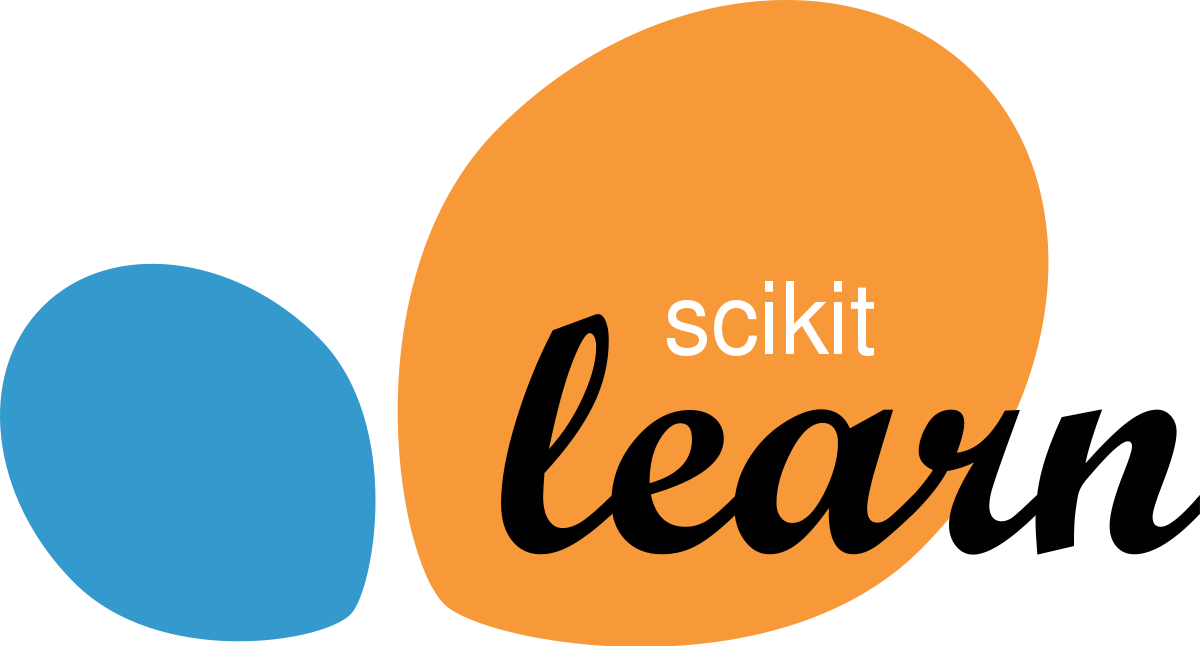
Features of the top Python Libraries: Scikit-learn
- It is an easy and effective tool for predictive data analysis.
- Anyone can access it and reuse it in different contexts.
- It is built on NumPy, SciPy, and matplotlib
- It is open-source, commercially usable – BSD license
4. Keras
Keras is known as being one of Python’s finest machine-learning libraries. It offers a simplified method for expressing neural networks. Keras also offers impressive utilities for compiling models, data-set analysis, graph visualization, and so much more.
Keras utilizes either Theano or TensorFlow internally within the backend. It is also possible to use some of the many common neural networks, including CNTK. When we contrast it with other machine learning libraries, Keras is relatively sluggish. Since, by using back-end infrastructure, it generates a computational graph and then uses it to perform tasks.

Features of Keras
- Keras offers a lot of prelabeled datasets that can be imported and loaded directly.
- Keras has many implemented layers and parameters, such as loss functions, optimizers, and metric evaluations.
- It runs on both the CPU and the GPU smoothly.
- Keras is a fully Python-based platform, making it simple to debug and explore.
- The modular design of Keras is extremely expressive, versatile, and ideal for creative research.
5. SciPy
When it comes to scientific computing, SciPy (Scientific Python) is the go-to library that is used extensively in the realms of math, science, and engineering. It is similar to using a paid instrument called Matlab. As the manual states, SciPy offers many user-friendly and effective numerical routines such as numerical integration and optimization routines. It is built on the NumPy library.

Features of SciPy
- SciPy implementation can be found in every complicated numerical computation.
- It is an open-source Python library used to solve scientific and math problems.
- It is built on the NumPy extension and enables the user to manipulate & visualize data.
- It offers more utility features for optimization, stats, and signal processing.
6. PyTorch
PyTorch is a massive library for machine learning that enables programmers to conduct GPU acceleration tensor computations, produce interactive computational graphs, and automatically calculate gradients. Other than that, PyTorch provides rich APIs to solve neural network-related application problems.
The basis of this machine learning library is Torch, which is an open-source machine library built in C with a wrapper in Lua. This machine library was released in Python in 2017, and it has been getting popular and drawing a growing number of machine learning programmers since its creation.

Features of PyTorch
- PyTorch enables fast, flexible experimentation and efficient production.
- It is concise and easy to use and provides you the ability to deploy computational graphs.
- It makes use of Python integrations combined with a data science stack.
- It provides an easy interface with APIs.
7. Matplotlib
Matplotlib is by far the most common library in the Python community for exploration and data visualization. This library is the foundation of every other library. It provides countless charts and customization, from histograms to scatter plots, to customize and configure your plots, matplotlib sets down various colors, themes, palettes, and other possibilities.
Whether you are doing data analysis for a machine learning project or producing a report for stakeholders, matplotlib is the most functional library.

Features of Matplotlib
- It offers an object-oriented API for integrating plots into applications using general-purpose GUI toolkits like Tkinter, wxPython, Qt, or GTK+.
- It has quite an active development community.
- It is open-source and free.
8. Plotly
Plotly is a visualization library that is free and open-source. It’s a popular Python library among developers because of its top-quality, publication-ready and immersive charts. A few instances of the charts that are available are Boxplot, heatmaps, and bubble charts. Built on top of the D3.js, HTML, and CSS visualization library, it is one of the greatest data visualization tools accessible. It is developed using the Django framework and Python.
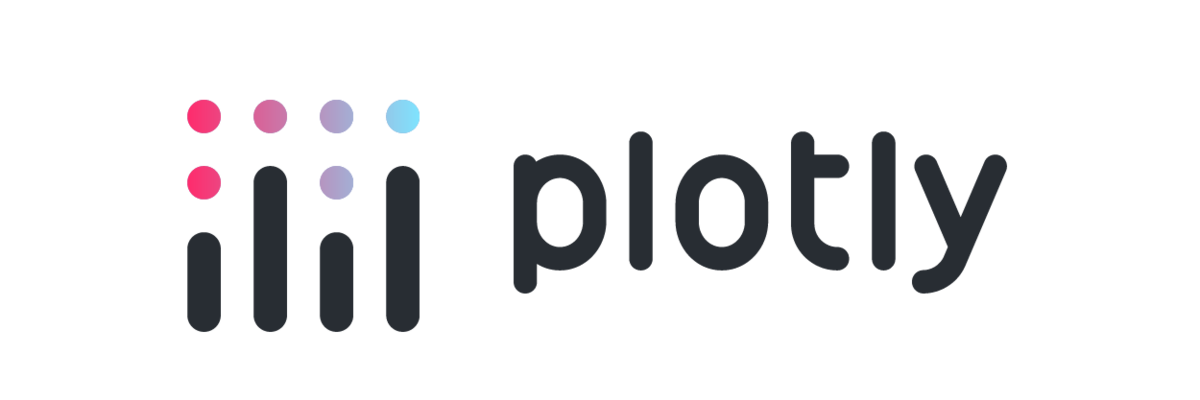
Features of Plotly
- It helps in the creation of interactive graphs.
- It is involved in the development of data analytics and visualization tools such as Dash and Chart Studio.
- You can easily import data to a chart.
- It helps you make beautiful slide decks and dashboards.
9. PyCaret
PyCaret is an open-source machine learning library that assists you in functions like data preparation and deployment of models. By being a low-code library, it allows you to save loads of time. It is a machine learning library that is simple to understand and use and will assist you in conducting end-to-end machine learning tests, whether it is inferring missing values, interpreting categorical data, engineering features, tuning hyperparameters, or creating ensemble models.
Features of PyCaret
- PyCaret is a low-code library that helps you become more efficient.
- It is a simple and easy-to-use ML library.
- It enables you to prototype quickly and efficiently from your choice of notebook environment.
- It provides a business-ready solution.
10. LightGBM
Gradient Boosting is among the oldest and most effective libraries for machine learning, allowing programmers to use redefined elementary models and decision trees to create new algorithms. There are also unique libraries that are available to apply this approach easily and efficiently. LightGBM, XGBoost, and CatBoost are such libraries. All these libraries are competitors to each other that attempt to overcome a similar problem and can be used in virtually the same way.
Features of LightGBM
- It offers optimal speed and memory usage.
- It gives better accuracy.
- It is capable of handling large-scale data.
- It is highly efficient and supports GPU learning.
11. TensorFlow
In terms of machine learning and deep learning, TensorFlow, created by the Google Brain team, has picked up steam and become the top library for a while. Back in 2015, TensorFlow had its very first public disclosure. At the moment, Caffe and Theano were consuming the emerging deep learning environment for programmers & researchers. TensorFlow drew considerable attention as the deep learning library in a short period.
TensorFlow is an end-to-end machine learning library that provides research group tools, databases, and resources to drive the state of the art in deep learning and business developers to create ML & DL-driven applications.
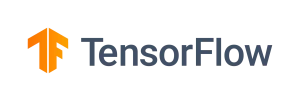
Features of Tensor Flow
- It is an open-source framework developed by Google.
- It supports deep learning networks and ML principles.
- It is easy to run and allows faster debugging.
- It offers a prediction of stocks, products, and more.
12. Scalene
Scalene is a useful Python script CPU and memory profiler equipped to handle multi-threaded code correctly and distinguish between the time spent running Python versus native code. There’s no requirement to change your code as you can straight away execute your script from the scalene command line, and it will produce a text or HTML document for you, displaying CPU and memory use for each line of your code.

Features of Scalene
- Scalene is fast and precise.
- Scalene supports memory usage.
- It produces per-line memory profiles, making it easier to track down leaks.
- Scalene separates time spent running in Python
13. NuPIC
NuPIC (short for Numenta Platform for Intelligent Computing), is an advanced machine-learning library based on the principles of Hierarchical Temporal Memory. It is designed for anomaly detection and predictive modeling in streaming data. NuPIC excels in understanding temporal patterns, making it useful for time series analysis.

Features of NuPIC
- Online learning capability for dynamic adaptation to new data patterns
- Efficient anomaly detection in time series data
- Suitable for various sectors, including finance and IoT
14. Ramp
Ramp is one of the top Python libraries designed to streamline the development of machine-learning models. It’s particularly useful for setting up data science competitions, and fostering a collaborative environment for model improvement and evaluation. This is the reason why Ramp is an invaluable tool for data scientists and researchers.

Features of Ramp
- Provides tools for effective cross-validation
- Supports integration with popular data science libraries
- Simplifies organizing and participating in data science challenges
- Promotes collective learning and model enhancement
15. Pipenv
Pipenv is a popular Python library that serves as a packaging tool to simplify Python project management. It integrates the best of packaging, environments, and dependency management into a single tool. This makes it easier for developers to manage project dependencies and environments consistently.
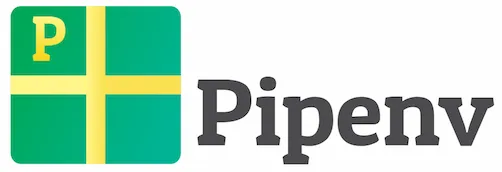
Features of Pipenv
- Automates creation and management of virtual environments
- Enhances project reproducibility with
PipfileandPipfile.lock - Streamlines the dependency management process for Python projects
16. Bob
Bob is a Python library designed for signal processing and machine learning tasks, particularly in biometric recognition systems (like face, voice, and fingerprint recognition). It is a comprehensive platform that integrates a range of algorithms for these purposes.
Features of Bob
- Specializes in biometric recognition systems
- Comprehensive signal processing capabilities
- Integrates various machine learning algorithms
- Supports face, voice, and fingerprint recognition tasks
17. PyBrain
PyBrain stands for Python-Based Reinforcement Learning, Artificial Intelligence, and Neural Network Library. This library is focused on offering flexibility and simplicity in building machine learning algorithms, particularly neural networks and reinforcement learning tasks.

Features of PyBrain
- Simplifies neural network creation
- Facilitates reinforcement learning tasks
- Offers a flexible and user-friendly interface
- Applicable in various AI and machine learning scenarios
18. MILK
Recognized as one of the most popular Python libraries for machine learning, MILK is a Python library primarily used for image classification tasks. It offers a range of tools and algorithms that are particularly tailored for handling and analyzing image data. This perfectly caters to the needs of various applications in image-based machine learning.
Features of MILK
- Tailored for machine learning with a focus on image classification
- Provides tools for image analysis and handling
- Offers algorithms optimized for image-related data
- Suitable for use in complex image data processing tasks
19. Dash
Dash is a Python framework used for building analytical web applications. It’s particularly favored for its ease of use in creating interactive, data-driven web apps without the need for JavaScript. Dash is ideal for situations where you need to present complex data in a digestible format on the web.
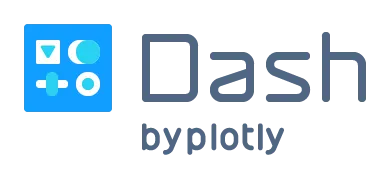
Features of Dash
- Enables building of data-driven web applications
- Interactive user interfaces with simple Python code
- No need for JavaScript or other frontend languages
- Extensive visualization capabilities with Plotly integration
20. Pandas
Speaking of a popular Python Library, you cannot ignore Pandas. It is a widely used Python library for data manipulation and analysis. It offers data structures and operations for manipulating numerical tables and time series, making it a staple in data science workflows.
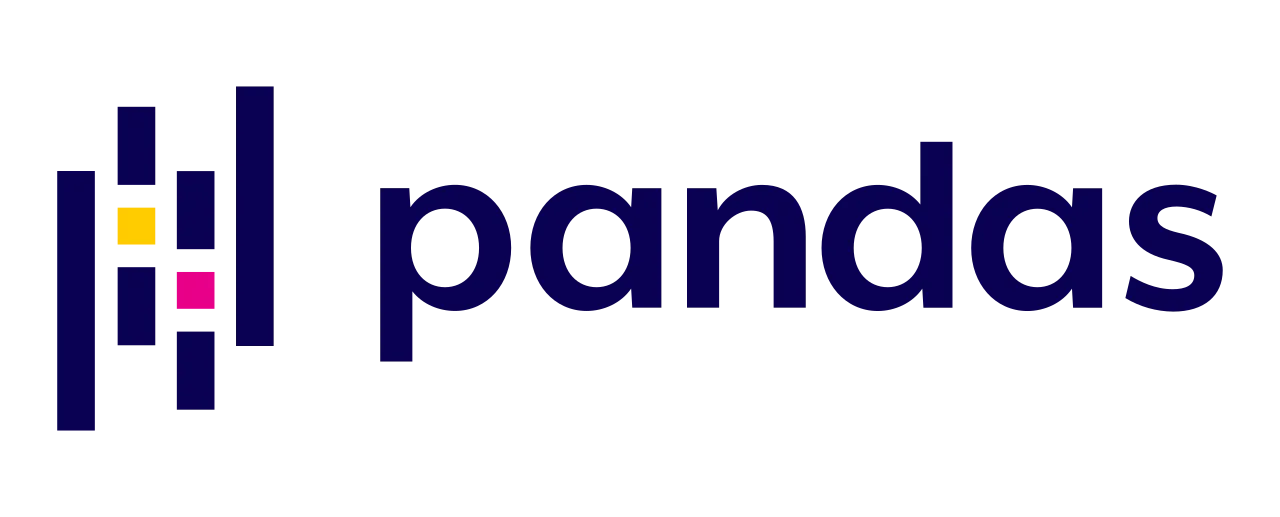
Features of Pandas
- High-performance data structures for data analysis
- Tools for reading and writing data between in-memory data structures and different file formats
- Data alignment and integrated handling of missing data
- Reshaping and pivoting of datasets
21. Theano
Theano is a Python library and optimizing compiler for manipulating and evaluating mathematical expressions, especially matrix-valued ones. It is particularly used in deep learning and serves as a foundation for several other deep learning frameworks.

Features of Theano
- Efficient evaluation of mathematical expressions
- Integration with NumPy, using NumPy arrays in Theano-compiled functions
- Dynamic C code generation for evaluating expressions faster
- Tools for unit-testing and validating the correctness of the computations
22. Caffe2
The next most popular Python library is Caffe2, also known as the evolution of the original Caffe
Caffe2 is a lightweight and modular deep-learning framework, known for its speed and scalability. This rings true, especially in mobile and large-scale deployment scenarios. It’s designed for both research and production, offering an easy way to experiment with deep learning models and then take them to full-scale deployment.
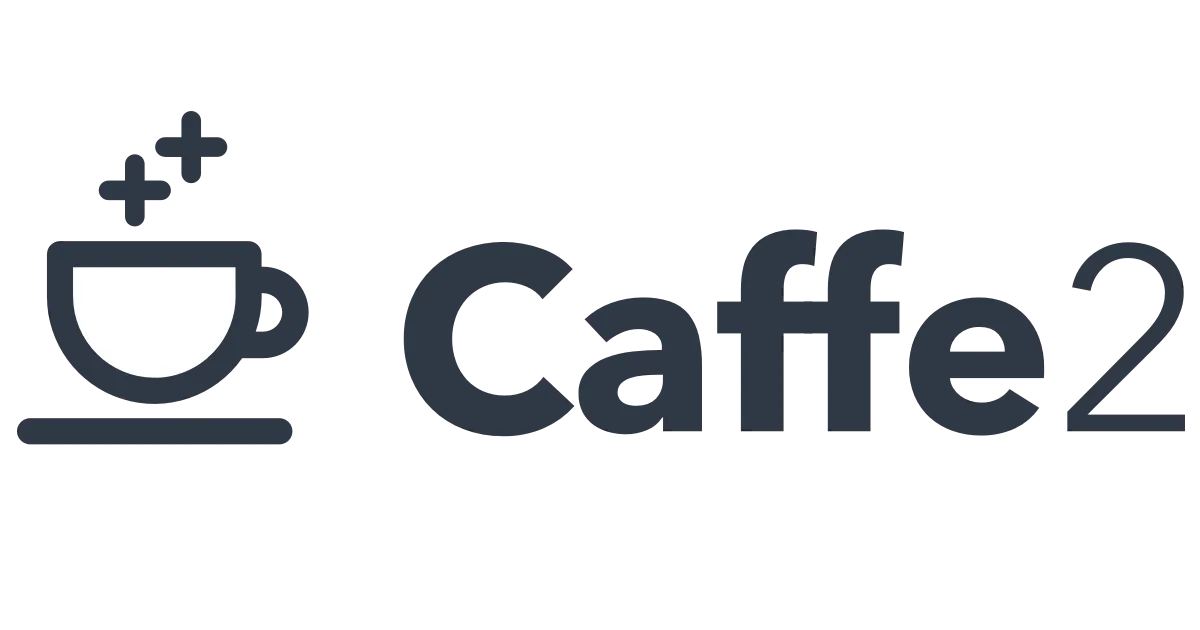
Features of Caffe2
- Optimized for both CPU and GPU processing
- Cross-platform capabilities for deployment in various environments
- Extensive toolkit for large-scale industrial applications in AI
23. Seaborn
Seaborn is a popular Python data visualization library based on Matplotlib. The library extends Matplotlib with more advanced functions and styles. It’s particularly good at visualizing complex datasets and making statistical plots more attractive and readable, often with fewer lines of code. So if you want to have a high-level interface for creating attractive and informative statistical graphics, this is the one!

Features of Seaborn
- Advanced visualization patterns and color palettes
- Integration with Pandas data structures
- Functions for visualizing complex datasets
24. Hebel
Hebel is a Python library for deep learning with neural networks in Python, using the power of GPU acceleration with CUDA through PyCUDA. It is focused on leveraging GPU for deep learning. It aims to make neural network training faster and more efficient, especially for larger models that benefit significantly from GPU acceleration.
Features of Hebel
- GPU acceleration for efficient neural network training
- Simplified interface for constructing and training neural networks
- Focus on deep learning applications
25. Chainer
Being a flexible framework for neural networks, Chainer allows for flexibility in neural network design, especially with dynamic computation graphs. It allows for on-the-fly changes to the network during runtime, which can be advantageous in research and development scenarios.

Features of Chainers
- Dynamic computation graph (‘Define-by-Run’ scheme)
- Easy-to-use APIs for neural network design
- Strong support for research and experimentation in deep learning
FAQs on Python Libraries
How many libraries are in Python?
As of 2024, the number of Python libraries is a staggering over 137,000. This vast ecosystem is constantly growing, making Python a highly versatile language for various tasks, from web development and data science to machine learning and scientific computing.
What is the biggest Python library?
Determining what Python library is the “biggest” can be subjective. That said, libraries like NumPy with extensive functionalities and over 200 submodules are strong contenders. NumPy is also the most used Python library for anybody wondering.
What is the most useful library in Python?
It depends heavily on your needs. NumPy and Pandas are foundational for data science, Django dominates web development, TensorFlow/PyTorch rule machine learning, while Matplotlib shines in data visualization.
Why are Python libraries good?
Python libraries are good because they offer:
- Pre-built tools: Save time and effort by leveraging existing code instead of reinventing the wheel.
- Specialization: Tackle specific tasks efficiently with domain-focused libraries.
- Open-source: Many are free, constantly evolving, and benefit from community support.
- Versatility: Find libraries for nearly any programming need, expanding Python’s potential.
How much do Python developers earn?
Python developers earn around $101,195 – $114,144 according to various sources like BuiltIn and LinkedIn. Here’s how much developers in Python earn by experience.
- Entry-level: $82,010 – $106,377
- Mid-level: $113,006
- Senior-level: $135,000+
Which Top Python Libraries Are for You?

Python is among the most common languages used for Data science activities by both data scientists and programmers. It is used to predict results, automate operations, streamline procedures, and provide insights into business intelligence.
Working with data in Python is feasible, however, there are also a few open-source libraries that render Python data activities quite simpler. This list is by no means exhaustive, but I hope you understand more about top Python Libraries, so you’ll know which one is suitable for your software projects.
Need to hire Python developers?
Python has been in demand for quite some time and developers have been loving working around the language. Hiring an expert Python Developer will make things easier for you and upgrade your project quality.
At InApps, we provide Python developers with +5 years of experience and good English communication. They have joined the global projects from the US, UK, Europe, Singapore, and Australia.
Just share with us your detailed requirements and we will bring you the most suitable candidates within 1 week. Our developers will be ready to enter your interview rounds and be your members right away. Let’s talk!
Let’s create the next big thing together!
Coming together is a beginning. Keeping together is progress. Working together is success.




